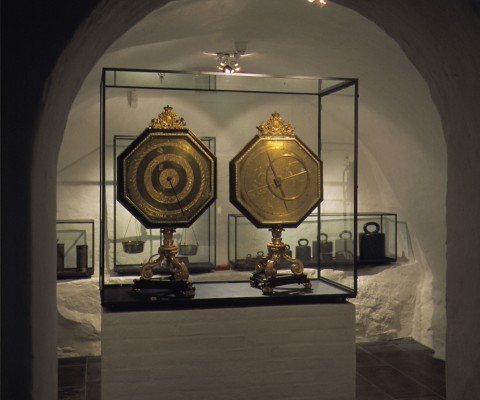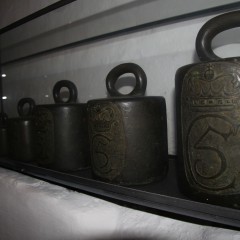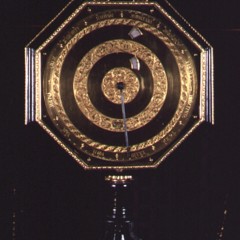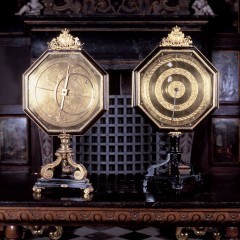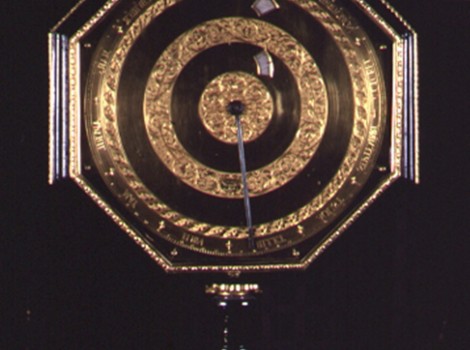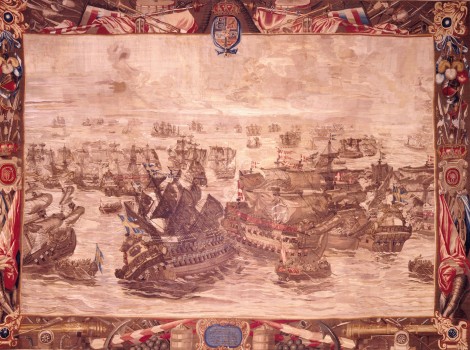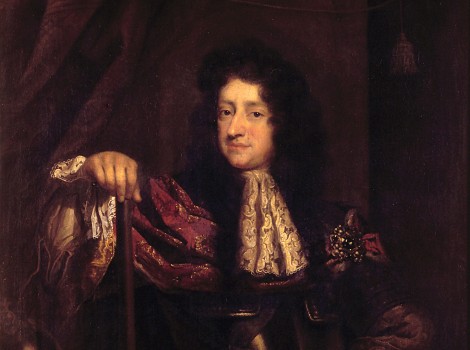F Ole Rømer’s Room
The astronomer Ole Rømer (1644-1710) studied at the University of Copenhagen, but from 1672 to 1681 he lived and worked at the Paris Observatory.
He won international fame when, during the course of his observations of Jupiter’s satellites, he discovered the “procrastination of light”, that is, the speed of light. In 1680, he demonstrated a machine showing the orbits of the planets (a planetarium) and a machine for calculating the Moon’s eclipses (an eclipsarium) to the Académie des Sciences in Paris and to King Louis XIV. Both machines are still preserved in Paris. Christian V acquired a set in 1682, and in 1685 similar sets were presented to the King of Siam and the Emperor of China.
On his return to Denmark in 1681, Ole Rømer became the King’s trusted adviser in all technical matters. He rationalised a number of existing systems and introduced a uniform system of weights and measures. The original “national standard prototypes”, presented to the King in 1683-84, are displayed in this room.

 Dansk
Dansk
 English
English
 Deutsch
Deutsch



